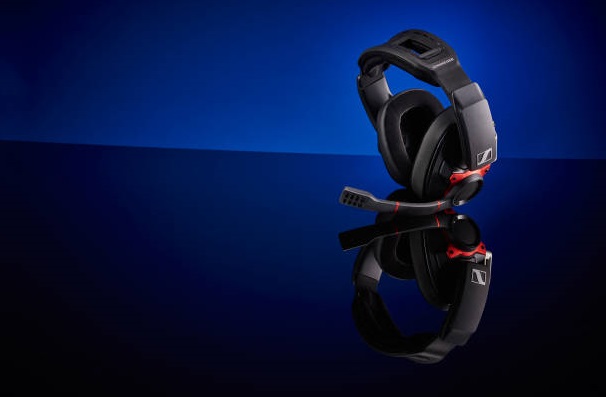Choosing the right microphone can dramatically improve your gaming streams, Discord calls, and content creation. But with two main connection types – USB and XLR – deciding which path to take can feel overwhelming. Let’s break down the differences, explore the pros and cons of each, and help you determine which setup matches your needs and budget.
Understanding the Basics
USB microphones plug directly into your computer via USB cable and work immediately. They contain built-in preamps and analog-to-digital converters, making them true plug-and-play devices. You connect, your computer recognizes them, and you’re ready to record.
XLR microphones use a three-pin professional audio connection and require additional equipment. You’ll need an audio interface or mixer to convert the analog signal to digital and provide phantom power (typically 48V) to condenser microphones. This adds complexity but also flexibility.
USB Microphones: Simplicity Meets Performance
The Advantages
USB microphones excel at convenience. There’s no learning curve. Plug it in, select it as your input device, and start talking. This makes them ideal for beginners who want great sound without wrestling with gain staging, phantom power, or cable management.
Modern USB microphones deliver impressive audio quality. Options like the best PC microphone for gaming from Razer’s Seiren family offer studio-quality components in a desktop-friendly package, with features like built-in shock mounts, headphone monitoring, and customizable pickup patterns.
USB mics are also portable. Take them to a friend’s house, a LAN party, or anywhere with a laptop, and you’re instantly set up for voice chat or streaming. No interface, no extra cables, no fuss.
The Limitations
The main drawback is upgradeability. When you buy a USB microphone, you’re locked into its built-in preamp and converter. If you want better quality later, you’ll need to replace the entire unit rather than simply upgrading individual components.
USB microphones can also introduce latency issues, though modern units minimize this with direct monitoring features. Additionally, you’re limited to one USB mic at a time in most setups problematic if you want to run multi-person podcasts or interviews.
XLR Microphones: Professional Flexibility
The Advantages
XLR setups offer unmatched flexibility and upgrade potential. Start with an entry-level audio interface and microphone, then upgrade components individually as your needs evolve. Swap out the mic for a different model, upgrade your interface for better preamps, or add a dedicated preamp down the road.
Professional environments universally use XLR for good reason: superior signal integrity, longer cable runs without quality loss, and access to the full range of professional microphones from legendary brands like Shure, Audio-Technica, and Neumann.
XLR interfaces also allow multiple microphone inputs, making them essential for co-streaming, podcasting with guests, or recording multiple people simultaneously. The dedicated headphone amps typically provide better monitoring quality than USB mic outputs.
The Limitations
The barrier to entry is higher both in cost and complexity. Even a budget XLR setup requires purchasing a microphone, audio interface, XLR cable, and possibly a boom arm or stand. You’re looking at a minimum investment of $150-200 for respectable quality, compared to quality USB mics starting around $60-80.
The learning curve is steeper, too. You’ll need to understand gain staging, phantom power requirements, sample rates, and buffer sizes. While not rocket science, it can be intimidating for someone who just wants to start gaming and chatting with friends.
Which Setup Is Right for You?
Choose USB if you:
- Want to start streaming or creating content immediately
- Have a limited budget for your first microphone
- Value simplicity and portability
- Stream or record solo
- Don’t plan to upgrade piecemeal over time
Choose XLR if you:
- Want maximum upgrade flexibility
- Plan to record multiple people
- Already have recording experience or are willing to learn
- Want to invest in a scalable audio setup
- Need the highest possible audio quality
- Create professional content or podcasts
The Bottom Line
For most gamers and beginning streamers, USB microphones offer the best balance of quality, convenience, and value. You can achieve professional-sounding audio without technical knowledge or additional gear.
However, if you’re serious about content creation, plan to expand your setup, or want the absolute best audio quality possible, investing in an XLR system makes sense. The initial complexity pays dividends in flexibility and long-term value.
Consider your current needs, budget, and growth plans. If you’re unsure, starting with a quality USB microphone lets you learn the basics of good audio while delivering impressive results. You can always transition to XLR later if your needs evolve and your USB mic can serve as a portable backup or second-station microphone.
Whatever you choose, remember: microphone technique, room treatment, and proper positioning matter more than the connection type. Even the best microphone won’t fix a noisy room or poor mic placement.



